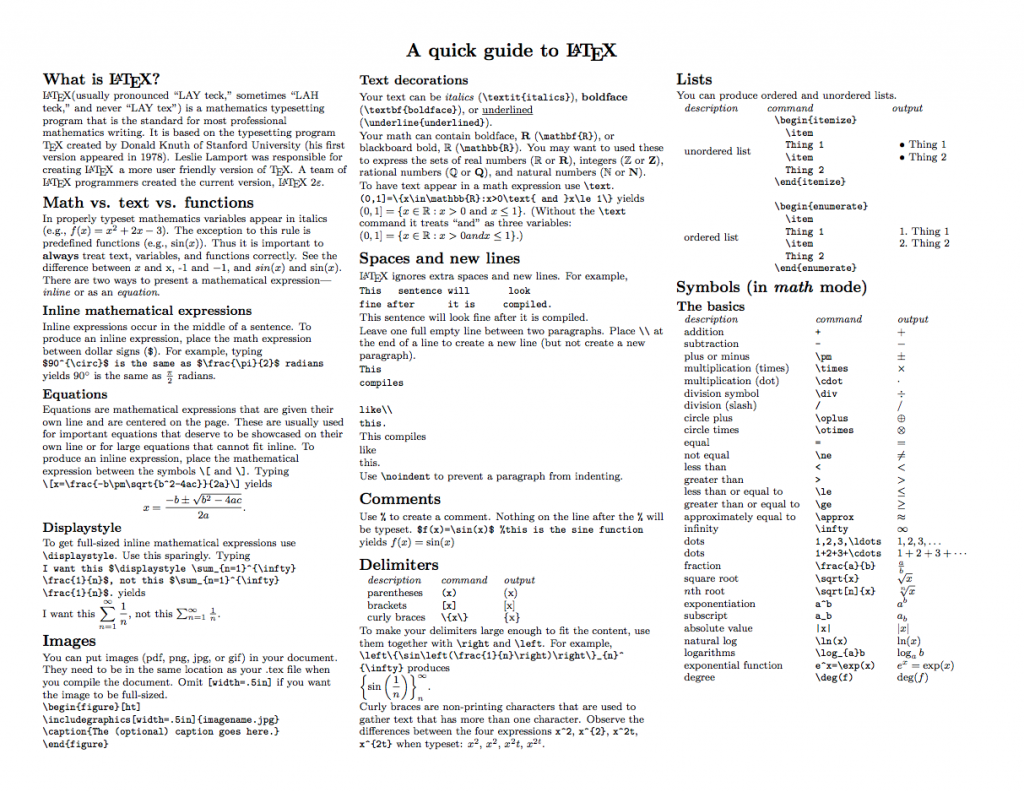
Each command begins with an eight-bit opcode, followed by zero or more bytes of parameters. Toward this end, a DVI file is a sequence of commands which form "a machine-like language", in Knuth's words. The DVI format was designed to be compact and easily machine-readable. These documents do not specify the endianness, which is however big endian, as can be seen looking into a DVI file itself. It seems to be based on a TUGboat article of the same name from 1992, but which is much shorter.
#Ps to pdf latex driver#
Like PDF, DVI uses a limited sort of machine language with termination guarantees that is not a full, Turing-complete programming language like PostScript.Īs of 2004 there is a compilation of the specifications a DVI driver must implement by the "TUG DVI Driver Standards Committee".
#Ps to pdf latex pdf#
(Both PostScript and PDF formats can either embed their fonts inside the documents.) For a DVI file to be printed or even properly previewed, the fonts it references must be already installed. LaTeX).ĭVI differs from PostScript and PDF in that it does not support any form of font embedding, but merely references external font name. TeX markup may be at least partially reverse-engineered from DVI files, although this process is unlikely to produce high-level constructs identical to those present in the original markup, especially if the original markup used high-level TeX extensions (e.g.

#Ps to pdf latex drivers#
Drivers are also used to convert from DVI to popular page description languages (e.g.
#Ps to pdf latex software#
For example, most TeX software packages include a program for previewing DVI files on a user's computer display this program is a driver.

DVI files are typically used as input to a second program (called a DVI driver) which translates DVI files to graphical data. Unlike the TeX markup files used to generate them, DVI files are not intended to be human-readable they consist of binary data describing the visual layout of a document in a manner not reliant on any specific image format, display hardware or printer.

The device independent file format ( DVI) is the output file format of the TeX typesetting program, designed by David R.


 0 kommentar(er)
0 kommentar(er)
